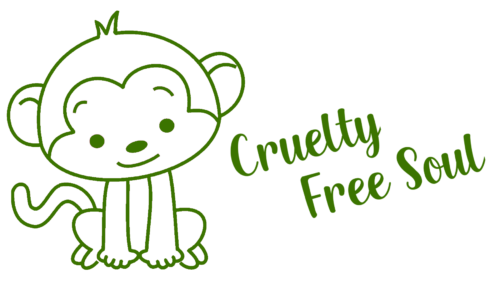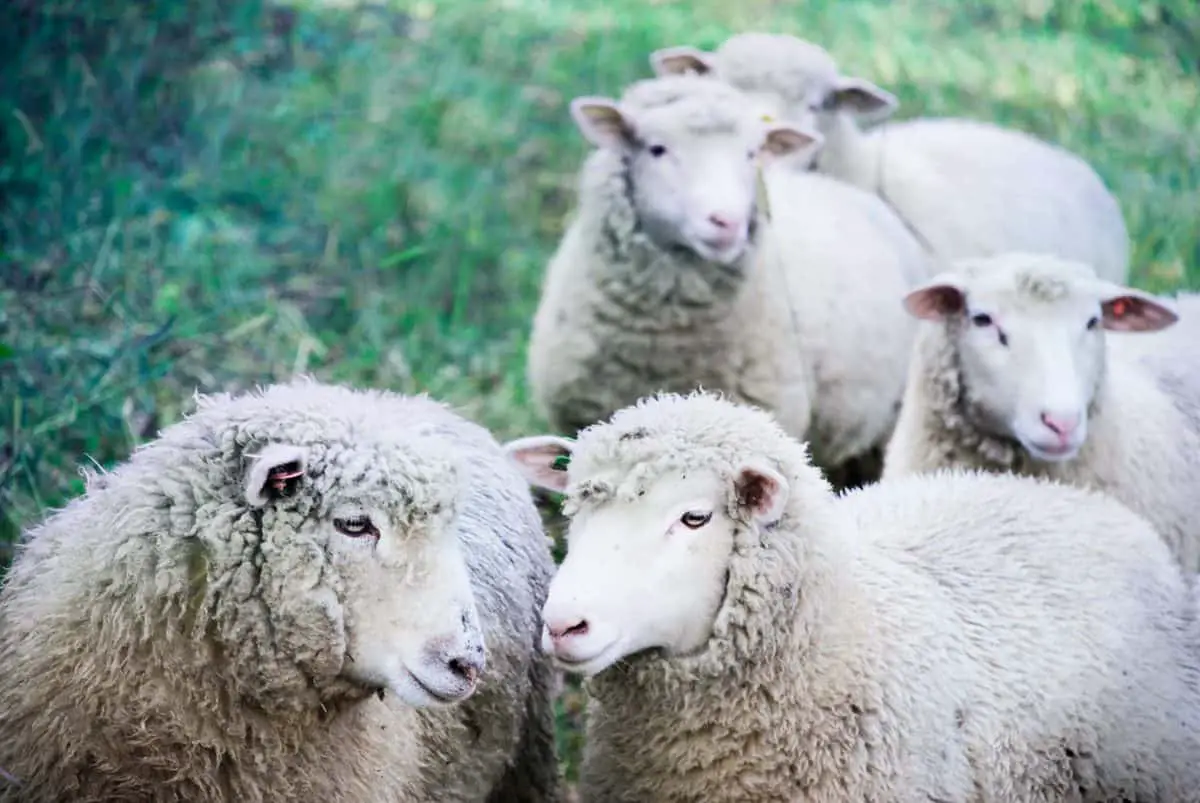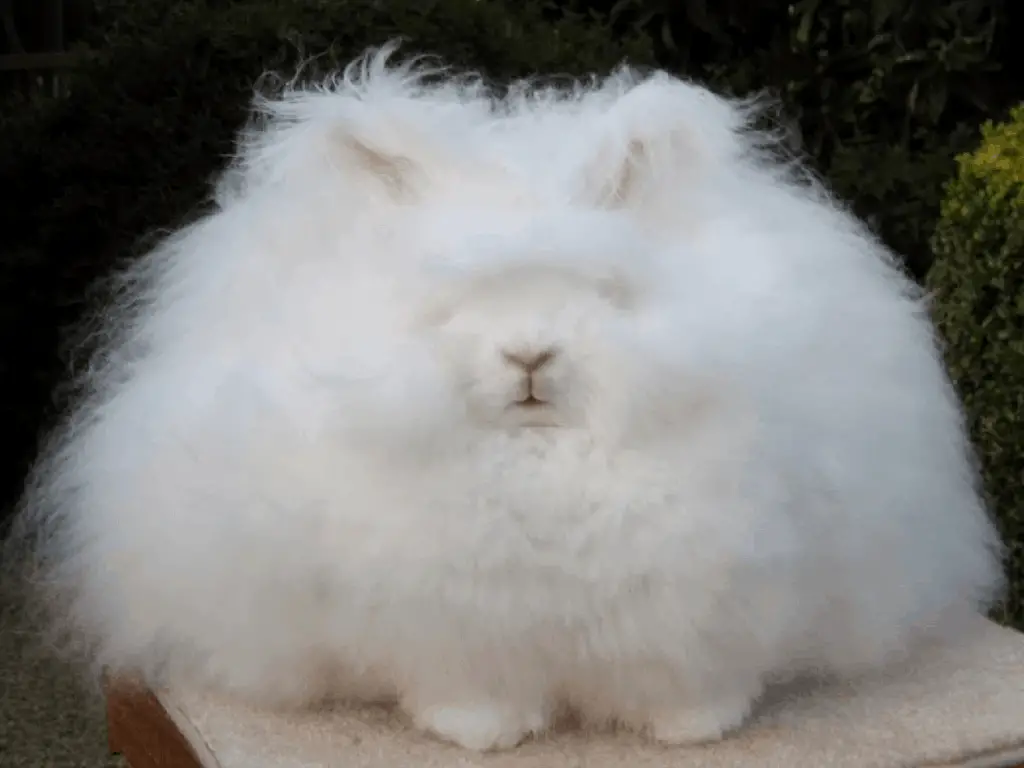As a humane consumer, it’s only natural that you want to avoid products that harm animals, including the clothes you wear.
When it comes to wool, there is a range of farming practices that are available – some are cruel but some also inflict minimal harm.
Wool can be cruelty-free. Certain production methods do not cause any stress and suffering amongst the animals involved. However, it is essential to be an informed consumer if you want to find authentic cruelty-free wool.
We will explore some of the cruelty issues in standard farming practices, help you find the most humane wool that you can, and find a few options for animal-free wool.
What is Cruelty-Free Wool?
When it comes to cruelty-free wool – you are essentially looking for ethical animal care. According to the World Organisation for Animal Health, there are five pillars of animal care that state farm animals should be free:
Without a doubt – some of the standard sheep husbandry practices go against this framework. But some farmers are changing how they care for animals to produce ethical, cruelty-free wool and we are going to explore that in more depth.
What Wool Producing Practices Are Cruel?
There are two main areas where the care of wool sheep could be labeled as cruel: the husbandry practice of mulesing and shearing.
The Role of Museling and its effects on Sheep
Mulesing is the animal care practice that generates the most ethical concerns regarding wool sheep rearing. Sheep are prone to a disease called flystrike, where flies will try and lay eggs on their skin.
This is a particular issue for Merino sheep as they have wrinkled skin with damp folds that are especially attractive to flies.
Without management, these hatched fly maggots will feed on the sheep’s flesh. In mulesing, farmers will cut off excess skin on the backsides of sheep. The scarred areas will not grow wool and so are less likely to hold urine and attract flies.
The process of mulesing is usually done without an anesthetic and is extremely painful.
New Zealand Banns Mulesing
In New Zealand, which produces about 11% of the world’s wool, the practice was banned in 2018. However, Australia which is the world's largest producer retains the practice of mulesing.
There is a shift with selective breeding that has resulted in a more flystrike resistive sub-breed of Merino sheep. Flocks are slowly moving over to that sub-breed, but these changes take time.
Different Options than Mulesing
Opponents argue that there are other options available to farmers that would avoid the need for mulesing. However, the chemicals and processes involved in some of these alternatives bring their concerns:
Alternative Option | Concerns |
Insecticides | Directly treating the sheep against blowflies. |
Biological controls – towards blowflies | Raises questions on the broader effects on the ecosystem. |
Injections that tighten the sheep's skin | Again, it brings questions on the health of the sheep. |
Bands or clips on the sheep that remove the skin | Stressful to the sheep when applied. |
Tea tree oil | It is less concerning than insecticides, but the application still stresses sheep, and the number of doses needed is high. |
Do Sheep Have to be Sheared?
There are very few sheep that can shed their coats naturally. Most sheep need to be sheared or they can overheat, become riddled with infections and potentially die. Therefore, any sheep is going to need regular shearing for their welfare.
Shearing sheep is important for both animal and human. It is not only because of the multiple uses of wool but also because of something else the sheep produce called lanolin. This natural oil has immense benefits for our skin and is used throughout beauty products. To find out more about cruelty-free lanolin – read on here: Can Lanolin Be Cruelty-Free?
Can Shearing Be Done Without Cruelty to the Sheep?
In theory, the process of shearing wool should be painless to the sheep. It’s rather like getting a haircut. Like hairdressers must be trained to cut our hair, so are sheep shearers trained to look after sheep properly.
An unhurried shearer will ensure the sheep is as calm as possible during the shearing process. This is safer and quicker. Hand sheers are also less stressful to sheep compared to the noise of machine-powered sheers.
However, even with careful shearing, cuts do occur, and sheep can get injured. When shearers are paid by the number of fleeces sheared per hour, it can pressure them to work at a risky speed. Another concern is that the sheep are herded and then held in confined spaces before shearing, adding to their stress.
Finally, the timing of shearing is essential. Ideally, sheep should be sheared just as the warmer summer weather starts. If sheared too soon, the sheep will suffer from the cold without their insulating layer.
If you want to learn more about cruelty-free sheep shearing – we recommend reading on here: Is Shearing Sheep Cruel?
What Grazing Conditions are Good for Sheep?
Besides mulesing and shearing, other factors affect the welfare of sheep.
Flock density, the number of sheep per acre, can indicate the intensity of farming. However, density is also affected by climate and landscape.
Grassland sheep such as those in New Zealand or Wales graze at about 6-10 per acre. In Australia, with its harsher conditions, the density is nearer one sheep per acre. Flock density is only informative if you are comparing flocks in the same geographical area.
Like cruelty-free, the descriptor free range has been open to interpretation. Generally, wool sheep do free graze as they are adaptable animals that can use poorer farmland.
Are there More Humane Options for Finding Wool?
While these animal care issues may concern you, substituting wool with a synthetic alternative is not necessarily more ethical. So how can you ensure you’re buying the most humane wool?
Investigate the Supply Chain of Your Wool
Clothes and yarn manufacturers should be open about the care of the animals in their supply chain. If a company website is not providing open, accessible information about animal welfare, you may have questions and look elsewhere.
Check for Certification of Cruelty-Free Animal Care
There is an increasing number of certifications that farmers, suppliers, and clothes manufacturers can obtain to show their adherence to sheep's humane treatment. Look for labels that demonstrate a standard of care, such as:
Is Wool from Other Animals More Humane?
So far, we've looked at wool produced from sheep. Many animals produce wool, including lamas, camels and musk ox. But we’ll look at three other animals where wool is farmed commercially.
Is Angora Wool Produced in a Less Cruel Way than Sheep’s Wool?
Angora rabbits produce a very warm and soft wool called angora wool. Unfortunately, these animals need to be plucked – which is very painful and distressing. Most angora wool is also made in China, with very limited animal welfare safeguards.
A few producers rely on the rabbits shedding, which they do roughly every four months. This shed wool is collected and so is produced more humanely. Finding angora wool produced in this way is very difficult. You should try and buy directly from artisan producers.
Can I Get Humane Cashmere?
Cashmere wool is produced by shearing, or combing, goats. It is a major income source for Mongolia’s nomadic farmers.
Most of the goats will be free-range, and the combing, rather than shearing method, means fewer animal welfare questions. However, the environmental impact of larger cashmere goat herds is having a detrimental effect on local plants, animals, and the wider landscape.
Ethical manufacturers are moving away from cashmere or using recycled cashmere. Companies such as:
A few others, including Kering, Maiyet, and Naadam, are also working alongside nomadic herders to help create sustainable projects.
If you love your cashmere clothes for winter days and want to know if you can source it ethically, read on here: Is Cashmere Cruelty Free?
Is Cruelty-Free Alpaca Wool Available?
Alpaca wool, from the Andes, had a reputation for being sustainable. The Alpaca are generally free-range, and they tend to nibble on vegetation rather than pull plants out of the ground.
However, there is increasing concern about the shearing process and inhumane handling of alpaca. Several companies have pulled out of using Alpaca wool after a damning PETA report on conditions in Peru.
Are there Natural Options Other Than Wool?
For clothing options, manufacturers have a large number of natural alternatives, including cotton.
If you use wool yarn to knit, you might want to investigate some of the alternatives. Yarns are now available made from everything from:


